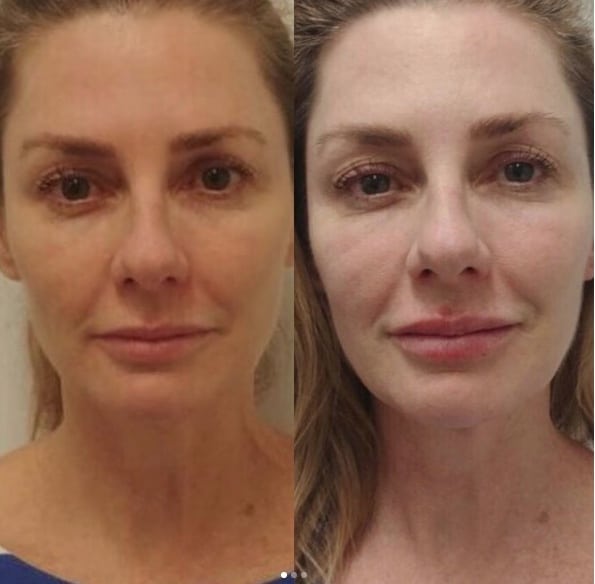WHAT IS IT?
Hyperpigmentation is the deposition of melanin (pigment) that is due to the stimulation of melanogenesis. This process is duplicated and produced in the skin. It is the final result of the immune system triggering an inflammatory response, which then triggers melanocyte activity to protect the skin’s DNA from damage and mutation.
Hyperpigmentation may be caused by hormonal triggers or cutaneous inflammation like sun damage; or other skin injuries.
UV INDUCED HYPERPIGMENTATION
This may be caused by over exposure to the sun, tanning beds, fluorescent or ambient lighting. Can present itself as diffuse spots that are evenly distributed around the face.
HORMONALLY INDUCED HYPERPIGMENTATION-MELASMA
Hyperpigmentation can be produced by any hormonal fluctuation, such as pregnancy, oral contraceptives, thyroid dysfunction, and menopause. It presents itself as large symmetrical patches on both sides typically found on the jaw line, cheeks, upper lip or forehead.
POST INFLAMMATORY PIGMENTATION (PIH)
PIH is when pigment is deposited as a direct result of surface irritation, abrasion or inflammation of the epidermis, and is portrayed as darkened areas at the locations of the trauma.
CONTROLLING HYPERPIGMENTATION
There are 4 strategies to combat hyperpigmentation: gentle exfoliation; increase cell turnover; inhibit melanogenesis and protection from UV rays/inflammatory stimulants (Physicians Care Alliance, 2012).




